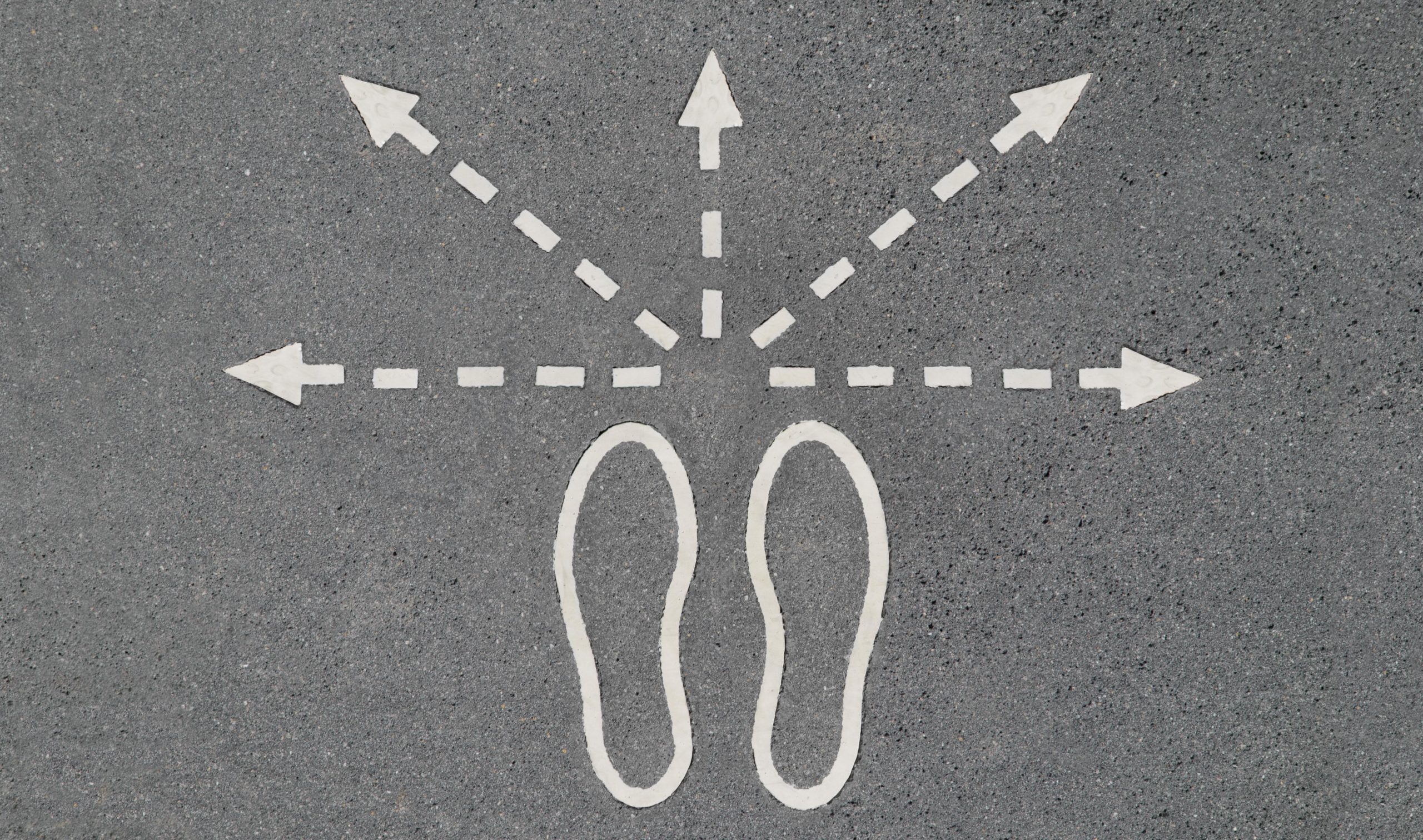It’s about a 5 min. read.

Most of us have heard the phrase “humans are creatures of habit,” but have you really ever sat down and thought about how habits dictate your life? From the moment you get up in the morning, habits are playing a role in how you interact with others, complete everyday tasks, and function within your environment.
In a lot of ways, habits are a necessary part of human life. Our brains naturally seek out and latch on to routines and scripts—it’s how we’re able to work so efficiently. Unfortunately, habits can also be unhealthy or unproductive. Oftentimes, we even have habits that are completely invisible to us until we take the time to truly examine our patterns of behavior.
I recently starting thinking a lot about this after picking up The Power of Habit by Charles Duhigg. His book details the formation of habits and neurological systems at play, colored by examples from scientists, academics, and businesses. Duhigg explains that by breaking down a habit loop into the cue, routine, and reward components, we are able to experiment and focus in on how a particular habit functions. He cautions that his book isn’t necessarily a secret formula for immediately dropping your afternoon cookie habit, but it does provide you with the necessary knowledge to start identifying which levers to adjust.
The notion that we can take our patterns of behavior and use that information to improve our personal life or business is one that really stuck with me as a market researcher. After all, as a researcher, I am constantly keeping an eye out for patterns. Patterns within and across datasets, patterns in response styles, and patterns within an industry. Patterns (or lack thereof) are often drawn upon for insight, as they tend to be a good indication if something is going right (or wrong), expected (or unexpected), or reflecting larger changes within the economy, company, or brand. This is often why businesses invest in tracking studies—a small shift in NPS or brand awareness may not seem overly interesting quarter to quarter, but it’s often part of a larger trend happening in the data. Patterns tell us a story and direct our attention to areas that we may need to investigate further.
At CMB, we spend a lot of time looking at these larger patterns and studying consumer habit loops that can impact a business. Companies looking to increase loyalty want to make their brand part of a customer’s routine—automatic and hard to disrupt.
For example, let’s imagine you’re going to pay for your groceries. Which credit card do you choose? Is it the one you always use for groceries? Do you even think about reaching for another payment method? Here’s the breakdown:
By understanding these habit loops, we can begin to experiment with ways to make the cue stronger, the routine easier, or the reward more rewarding. We can also begin to understand what doesn’t work well when building brand loyalty and how these habits can be disrupted. At CMB, we’ve developed a method of segmenting on these habit loops, and each loop is linked to important outcomes such as NPS or database spend. We answer:
These answers help our clients develop new strategies for reinforcing positive habits and disrupting ones that work against business goals. The takeaway: habits matter. Whether you’re looking in from an organizational or an individual perspective, these small patterns of behavior can play a huge role in both our successes and failures.